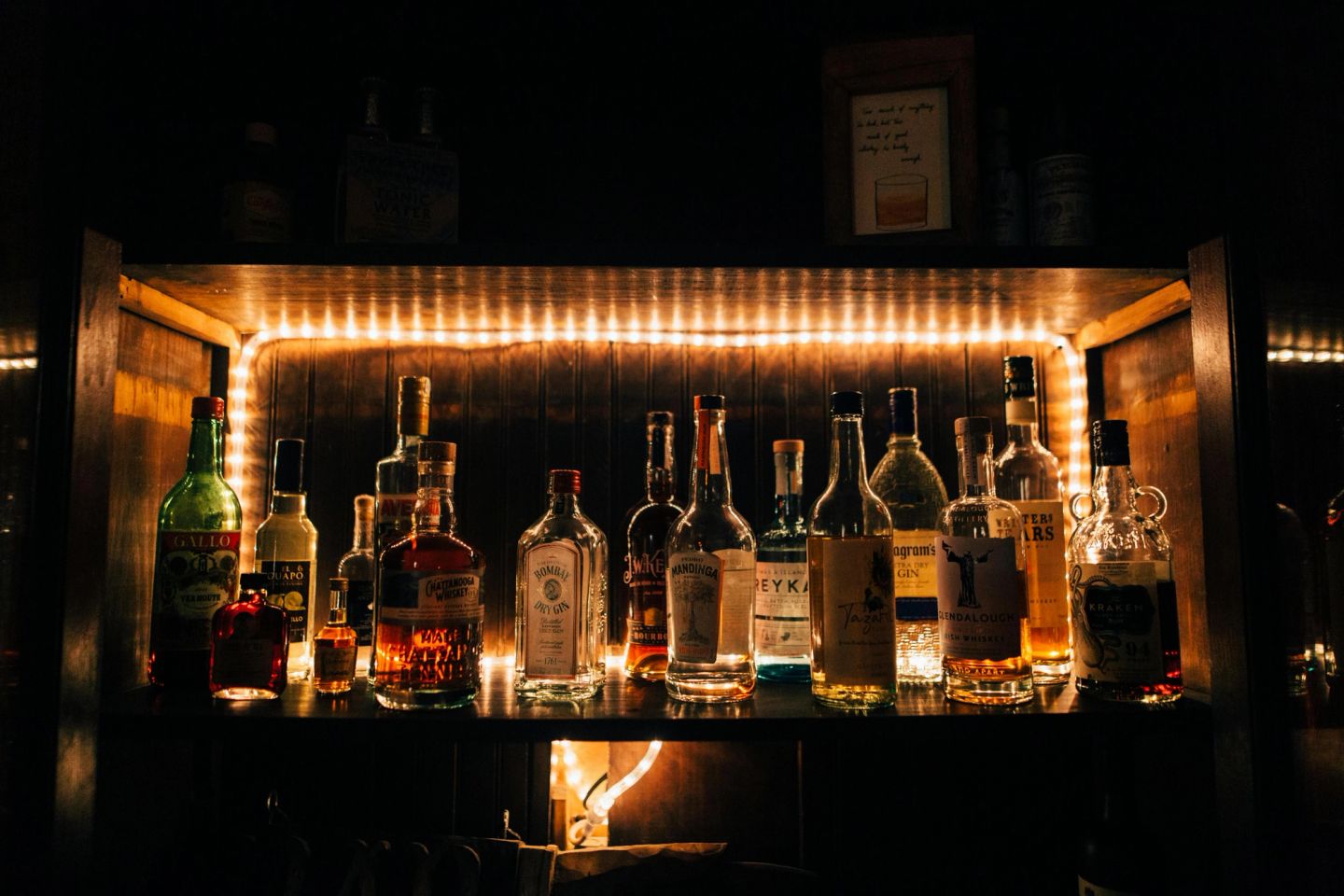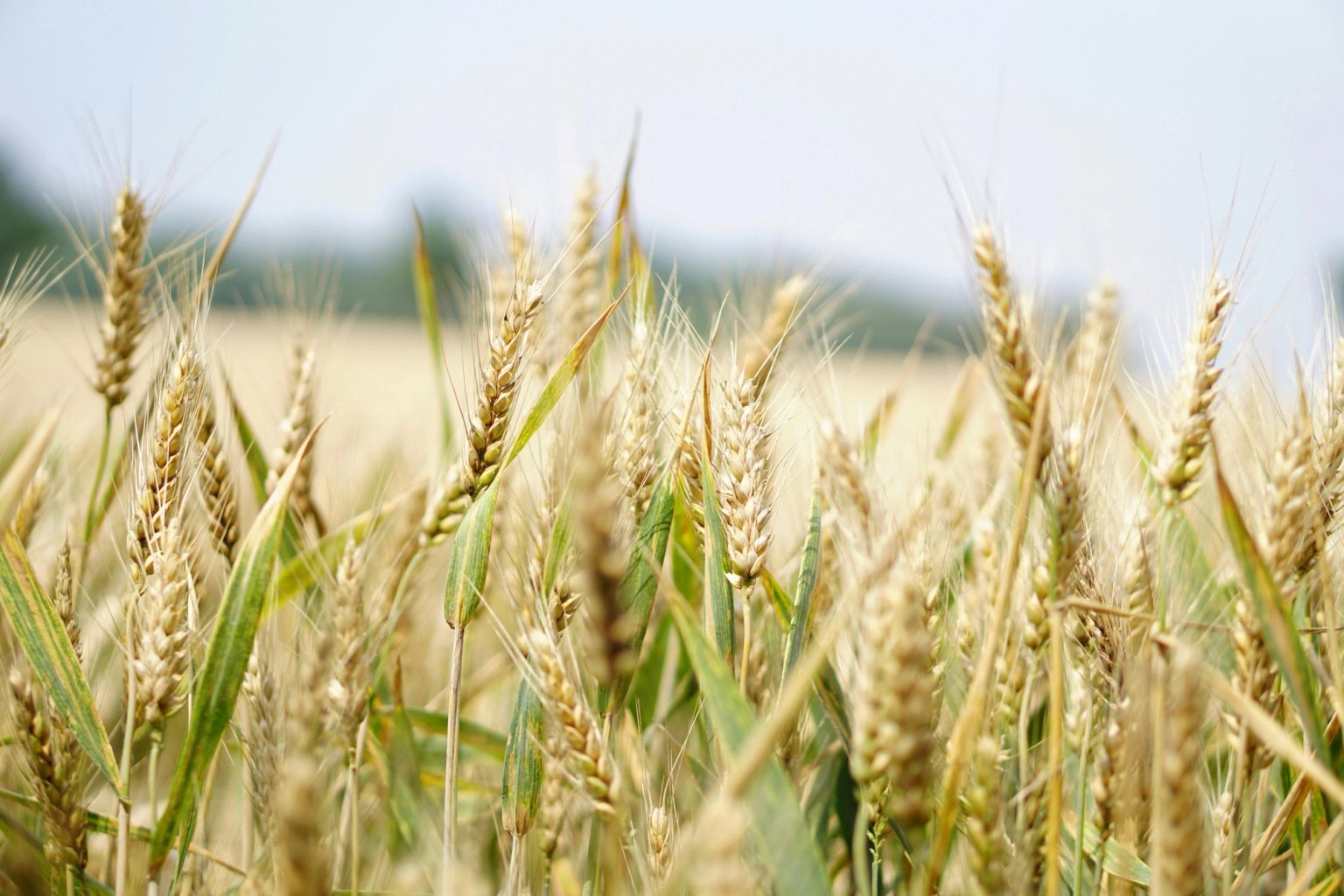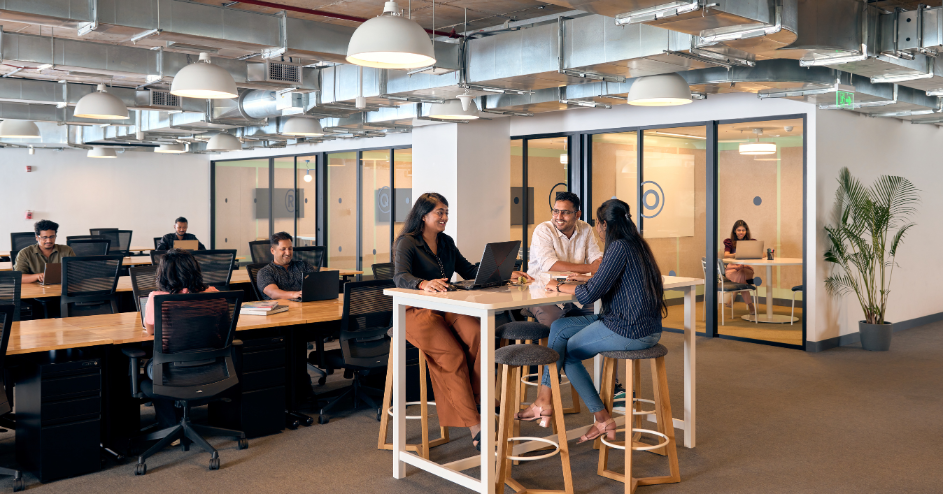WEWORK LABS
India’s New Alcohol Landscape: Trends, Challenges, and Opportunities

Dive into India’s alcohol market evolution. Discover growing gin demand, premium spirits trends, and the impact of Gen Z habits and regulatory challenges.
Introduction
The bar shelf of the average Indian drinker is evolving, slowly but surely. The typical shelf—stocked with rums and whiskies—are now seeing gins even added to that list.
The drink which was first conceptualised in the 1800s is seeing a fresh wave of takers today, especially among Indians. Only two years ago, the demand for gin grew 28% driven by premium consumers who were willing to shell out nearly Rs 1,000 or more for a 750ml bottle.
Trends Shaping India’s Alcohol Landscape
A few factors have contributed to the change in perception. A significant portion of the drinking population in India today have had greater access to income and a globalised culture—therefore are more informed than drinkers that came before them. Drinking is also an activity that’s starting to get more normalised in pop cultureThis shift in attitudes and behaviors towards drinking has not only transformed social norms but also paved the way for a more dynamic and premium-driven alcohol market in India.
So now that Indians are drinking more and paying a premium for their drinks, how is it shaping the alcohol landscape?
New players vying for drinkers attention
Like mentioned before, drinkers in India—particularly those within the premium segment—seek greater options beyond what they normally consume. This, coupled with the trend of Gen-Z’s seeking out alcoholic drinks with fewer calories, is driving greater impetus for companies to create products that either taste good or have fewer calories. For instance, marquee craft beer brand Bira launched its own line of seltzers early in the year to woo young drinkers into trying their products. Hoegaarden, which is most known for its beer, also launched its gin in the country to cater to that same demand. “ Our diverse range of beers like Simba WIT, Simba STOUT - India’s first bottled stout, Simba LAGER are crafted using the finest malts and hops, delivering a refreshing taste that appeals to a wide range of drinkers. Additionally, we are committed to sustainability through eco-friendly packaging, which resonates with environmentally-conscious consumers,” says Ishwaraj Singh Bhatia, Co-Founder and COO, Simba Beer.
That brings us to understanding what brands are now doing to stand out in a crowded market.
Also Read: Build Successful brand in India
Regulatory Changes in India’s Alcohol Landscape
India’s alcohol industry is undergoing significant regulatory changes, driven by state-level policies, evolving taxation structures, and shifting consumer trends. Recent reforms include the liberalization of alcohol sales in select states, revisions in excise duties, and the promotion of homegrown craft spirits. Some states have eased restrictions on online liquor sales, while others continue to enforce prohibition. Additionally, changes in labeling norms and advertising restrictions aim to curb excessive consumption while supporting industry growth. These evolving regulations reflect a balancing act between revenue generation, public health concerns, and market expansion.
Cultural and Social Influences towards Alcohol Consumption
Alcohol consumption in India is deeply influenced by cultural, social, and regional factors. Traditionally, drinking has been associated with specific communities and rituals, while societal norms in many regions discourage open consumption, especially among women. However, urbanization, rising disposable incomes, and Western influences have contributed to shifting attitudes, making alcohol more socially acceptable, particularly among the younger generation.
Innovation and Technology in the Alcohol Sector
There’s no doubt that competition in the alcohol space has been picking up late. There were at least 30 alcohol brands launched in 2023, and nearly twice the amount in 2024. Interestingly, several Indian labels also made it to the top-choice of many people who visited bars last year according to the What India drinks report.
By 2034, the alcohol market in India is expected to touch $112.34 billion, reflecting a compound annual growth rate (CAGR) of 7.2% over the next decade. Spirits still continue to lead the way with gin being the recent entrant into the mix, followed by beer and wine.
With competition on the rise and greater money to be made overall, brands are having to come up with differing solutions to reach out to their end consumer. Events have been a common touch point for several brands of late to meet their consumers but also use it as a platform to showcase products. “Our events span beyond music festivals, branching into various genres and experiences that resonate with our diverse audience while staying true to our brand. On digital platforms like Instagram, we use creative content and influencer partnerships to engage with consumers in ways that reflect their interests and values. Instead of solely focusing on the product, we aim to interact with consumers through touchpoints they care about, from lifestyle to adventure and community,” says Bhatia.
Companies like Simba for instance, collaborated with artists like Hanumankind to showcase their products. Other cocktail-focused events like India Cocktail Week and Gin Explorer’s Club are also a major draw for younger audiences who have a preference for premium cocktails and alcohol experiences.
At WeWork Labs, we also throw mixers in collaboration with new brands for our events.
(Side note: Don’t forget to subscribe to our events calendar to not miss out on any events we throw in the future. You can subscribe here.)But perhaps the biggest lever for brands to reach their consumer today is social media.
Also Read : Premiumisation wave in India
The role of social media
Social media has breathed new life into the marketing strategies of several alcohol brands today, especially since they are unable to use traditional means of marketing to promote their products. Some brands even rely on a slew of new-age alcohol-focused influencers to pick up their products and speak to their audiences about it. The flexibility of social media allows brands to use the platform to showcase what they would like to about their brand without too many restrictions.
Older brands have also found social media to be too big to ignore now, even adding a digital marketing expert on their marketing teams to coordinate solely with influencers to generate the right type of content, according to Nitin Tewari, a popular influencer in the space on social media.
While brands have attempted to use social media to stay ahead of the curve of their competition, as a sector on the whole there are still a few challenges that lay ahead.
Challenges Facing the Industry
India has one of the most complex regulatory environments when it comes to alcohol in the world. Companies must navigate numerous licensing requirements and safety regulations, which can delay product launches and inflate costs. “Scaling in India comes with its unique challenges, primarily due to the diverse consumer preferences and regional variations,” says Bhatia. “The alcohol market in India is highly fragmented, with different states having their own regulations, taxes, and distribution models. This creates complexities in reaching all potential markets effectively. Additionally, there’s the challenge of changing traditional drinking habits in a country where beer consumption has historically been limited in some regions,” he adds.
Regulations aside, alcohol companies are also facing the reality that Gen-Zs are potentially drinking less. Globally, studies suggest that this section of drinkers are driving the Sober Curious movement—with the share of Gen Zers born between 1997 and 2002 who say they plan to drink less alcohol in 2024 jumped 53% year over year, according to a recent study. With the government introducing initiatives like the Business Reform Action Plan this will likely help boost greater production for Indian-made spirits.
The WeWork Labs Take
While market forces and regulations continue to serve as headwinds for the industry at large, the biggest play in the sector will likely emerge in the premium segment as customers seek out high-quality drinks and unique experiences, leading to a surge in demand for craft beers, artisanal spirits, and premium wines. There is also a potential for more technological innovation especially in the production segment, with advanced production techniques that can improve efficiency and product quality.
What do you think about the segment? Let us know! See you in the next WeWork Labs blog.
FAQS
Are there opportunities for investment in India’s alcohol sector?
Yes, rising disposable incomes, premiumization, and evolving regulations create strong investment opportunities in India’s alcohol market.
How are consumer preferences changing in India’s alcohol market?
Consumers are shifting towards premium spirits, craft beverages, flavored liquors, and healthier, low-alcohol alternatives.
What is the impact of taxation on alcohol sales in India?
High taxation increases alcohol prices, affects affordability, and drives unregulated market activities in some regions.
How are Indian alcohol brands competing with international brands?
Indian brands are leveraging heritage, innovation, and premiumization to compete with global players in both domestic and export markets.
How is the perception of women consuming alcohol changing in India?
Alcohol consumption among women is becoming more socially acceptable, particularly in urban areas, driven by changing cultural norms and economic independence.
Related Blogs:

WEWORK LABS
With the Indian startup ecosystem gaining maturity, there are a number of things changing—startups are thinking more global in their ambitions, more companies are taking their companies to the market

WEWORK LABS
India may be home to unicorns and cutting-edge tech, but at its core, it's still a nation of farmers — with over 50% of the population dependent on agriculture.

